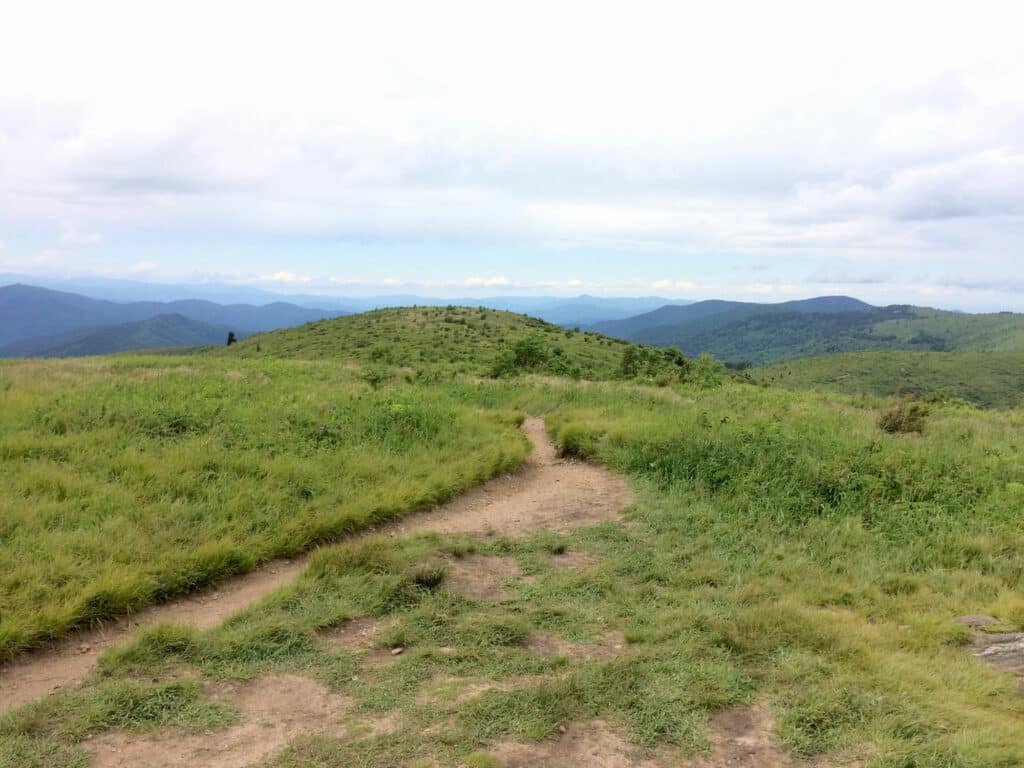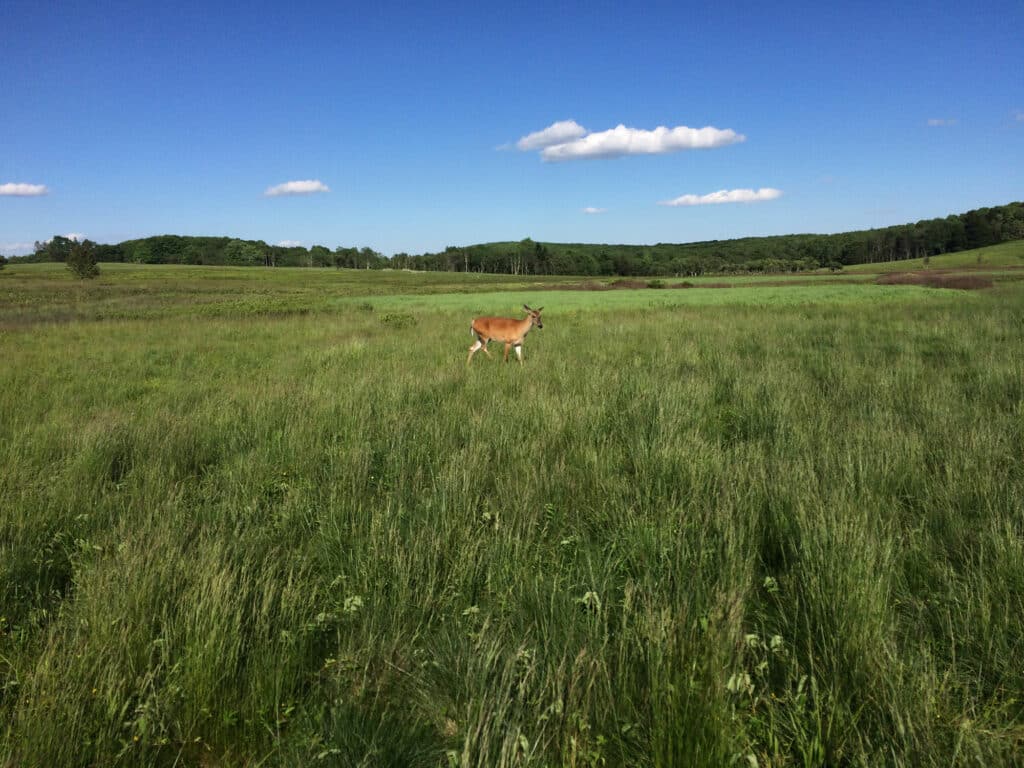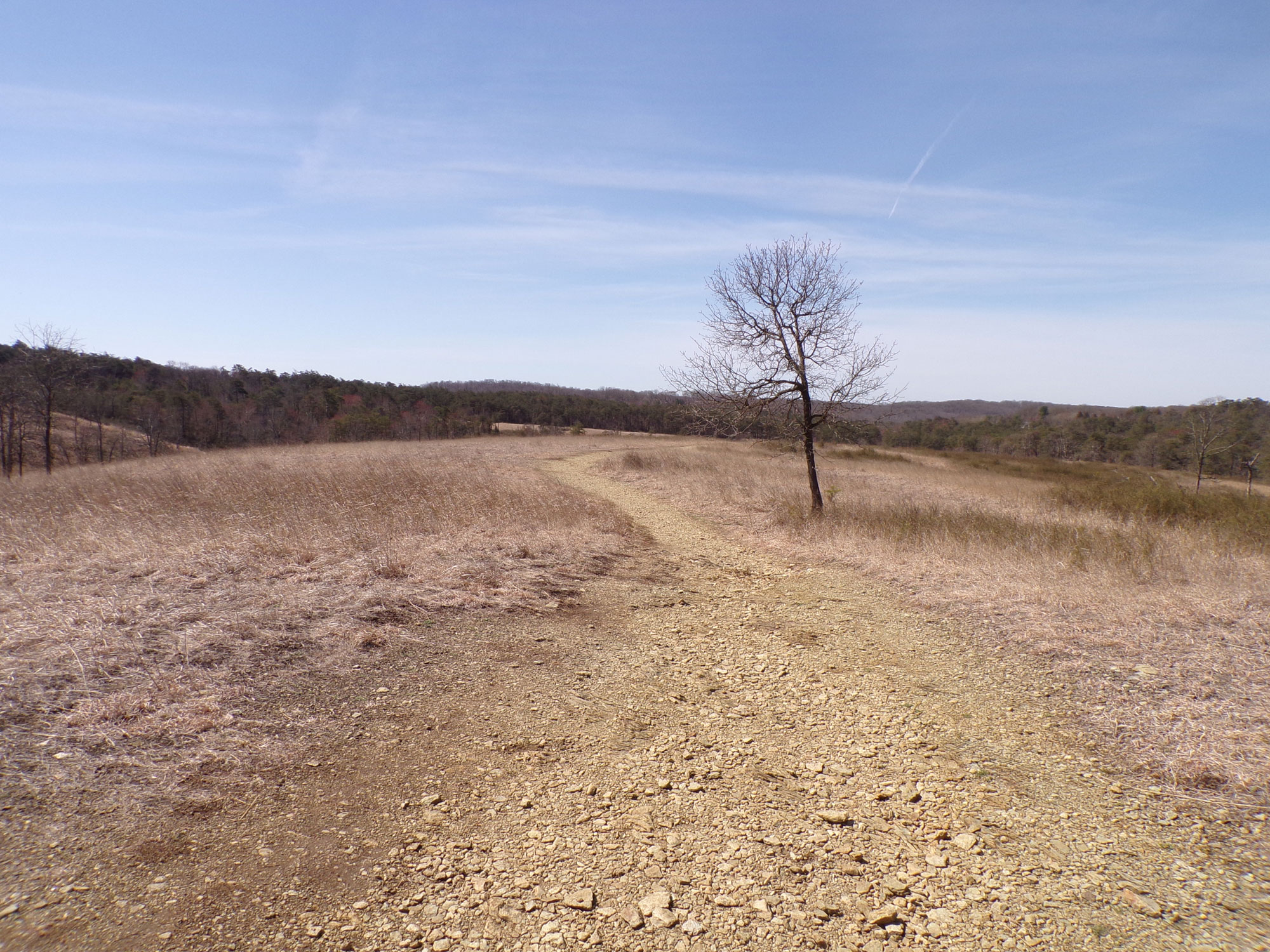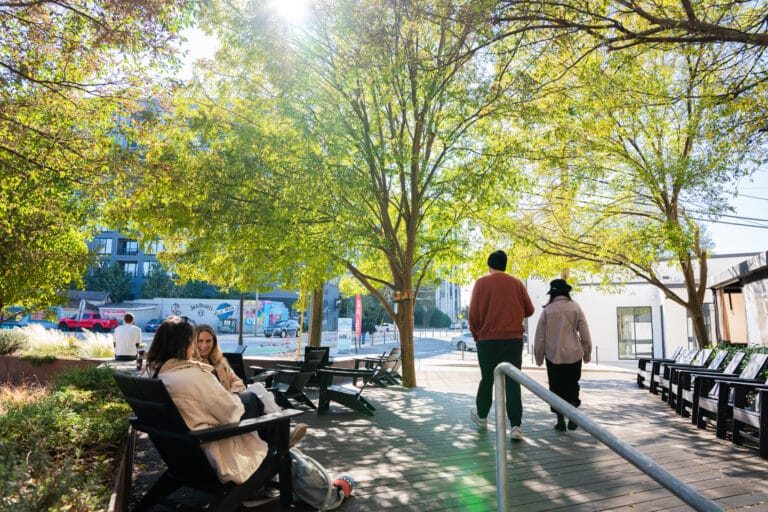These native habitats, and their ecological benefits, are nearly gone. But there are efforts to save what’s left.
Nestled in the suburbs of Baltimore, there’s a scrap of land that could be the backdrop for a classic Western film, a patchwork of rock-riddled grasslands and savannahs studded with stunted blackjack and post oak trees. This swath of habitat contains the largest intact barrens remaining on the East Coast.
Now protected as the Soldiers Delight Natural Environment Area, this strip of grassland was first a hunting ground for the region’s Susquehannock and Piscataway communities, and later for European colonists. The barrens provided the backdrop for the state’s first public hanging in 1751, and hosted skirmishes between the Union Army and Maryland volunteers sympathetic to the Confederacy. A century later, though, the oak-studded savanna was on the brink of disappearing. Degraded by decades of misuse and squeezed by encroaching suburban sprawl, the island of habitat was finally protected by the state, becoming a park in 1975.
Patches of ancient grassland habitat like this still exist throughout the Southeast, from the high peaks of the Blue Ridge to the Atlantic Coast—but they’re almost gone.
Images of windswept prairies grazed by herds of bison are usually associated with the American West and the iconic landscapes of the Great Plains. But, about 200 years ago, the Southeast was also mottled with extensive native grasslands, from Pennsylvania south to Florida, and west to Texas. According to the nonprofit Southeastern Grasslands Initiative, the region was covered by at least 110 million acres of native grasslands.
“If I had to guess, that’s about 30 to 40 percent of the Southern landscape,” says Dwayne Estes, director of the Southeastern Grasslands Initiative and a professor at Austin Peay State University.

But, over the last two centuries, most of the Southeast’s grasslands— more than a million acres—have disappeared. These native grasslands have been converted into cropland, overgrazed by livestock, swallowed by forests, and edged out by invasive species. The region’s natural landscapers, bison and elk, were hunted to extinction east of the Mississippi River by the late 1800s. Treeless landscapes once maintained by fire, whether sparked naturally by lightning or intentionally introduced, have also disappeared thanks in part to fire suppression techniques introduced in the early 1900s.
Today, only about 10 percent of the region’s native grasslands remain, and in parts of the Southeast, only one percent of native grasslands have survived. Many of the region’s remnant grasslands exist as tiny scraps, along roadsides, beneath powerlines, and edging agricultural fields, which means most of these ecosystems lack any form of protection.
Detective Work
“We often say, most of the grasslands east of the Mississippi River, they disappeared before the camera was invented – or before they could be described by scientists,” says Estes. “We have to do almost like detective work to piece them back together.”
Journals kept by early pioneers, missionaries, and explorers help paint a picture of the landscape. For instance, while traveling through the American interior to New Orleans in the late 1700s, exiled French monarch Louis Philippe penned colorful descriptions of lush meadows sprinkled with wildflowers with undersized trees. Place names assigned to early maps provide hints too. For example, Thomas Jefferson’s father, Peter, a geographer and cartographer, helped map the high country of Virginia’s Mount Rogers in the mid-1700s, labeling the grassland-quilted highlands “Meadow Mountain.”
Another problem is the scale of what’s been lost. In the Southeast, old-growth prairie and savanna grasslands are almost gone, more than 99 percent.
“One example is what’s called the Jackson’s Purchase Prairies,” says Estes. Named for a tract of land in Tennessee and Kentucky that Andrew Jackson helped to acquire from the Chickasaw, today the prairie habitat has virtually disappeared.
“That was about a half a million acres of prairie in western Kentucky,” Estes adds. “And today we have less than 10 solid acres.”

What’s Being Lost
Still, there are examples of ancient grasslands stashed throughout the Southeast, appearing as prototypical prairies and savannas, and as rocky barrens, herbaceous glades, and grassy peaks like Roan Mountain and Mount Rogers, also called balds. And, throughout the region, this native habitat provides a host of ecological benefits. Because of their extensive subterranean root systems, grasslands prevent erosion and improve soil quality. And with so much biomass stored underground, they’re also significant carbon sinks. An acre of undisturbed prairie grassland habitat can absorb about a ton of carbon per year, sometimes more.
The Southeast’s relic grasslands are also islands of biodiversity. Despite their dwindling size, the region’s native grasslands have the greatest diversity of plant species in North America, in some places, more than 50 different species have been recorded in a single square meter.
“What surprises a lot of people is that there are more types of grassland ecosystems in the Southeast and probably the East in general than there are in the entire Great Plains of the United States and Canada combined,” says Estes. But, with so much habitat disappearing, experts are racing to map the region’s species richness.
“There’s one prairie called the Black Belt Prairie, it’s in parts of Mississippi and Alabama, and that system alone has 2,000 moth species, many of which are technically not named,” Estes says.
Saving What’s Left
All the fragmentation, along with decades of deterioration, have also made Southeastern grasslands harder to save.
“I think a lot of the challenge is that people don’t see grasslands as anything special,” Estes says. “A lot of them were showier in the past, but with those years of neglect and degradation they’ve lost a lot of their flowers species. They’ve been invaded by invasive species, [and] this makes them harder to love.”
Beyond the ecological loss, the Southeast’s grasslands are also inextricably linked to the region’s history. Discoveries of stone-sculpted Clovis spear points suggest Paleo-Americans regularly used the Southeast’s grasslands to hunt big game. And, centuries later, some of the South’s oldest settlements, cities like Charlotte, Nashville, and Richmond, were built among grassland ecosystems, habitat that offered fertile soil and pastureland. Around the same time, 18th century explorers and long-hunters like Daniel Boone used bison-trampled grasslands called traces to travel from southwest Virginia into Tennessee and Kentucky.
“If you think about all the cultures that have been a part of eastern North America, the French, the English, various Native American tribes, African Americans, they all have very different relationships with southern grasslands that go back hundreds of years, if not millennia in the case of Native Americans,” says Estes. “So much of that history is imperfectly known. But we’re starting to tell that story.”
Cover Photo: Native grasses in Soldiers Delight Natural Environment Area. Photo by Malee Oot








